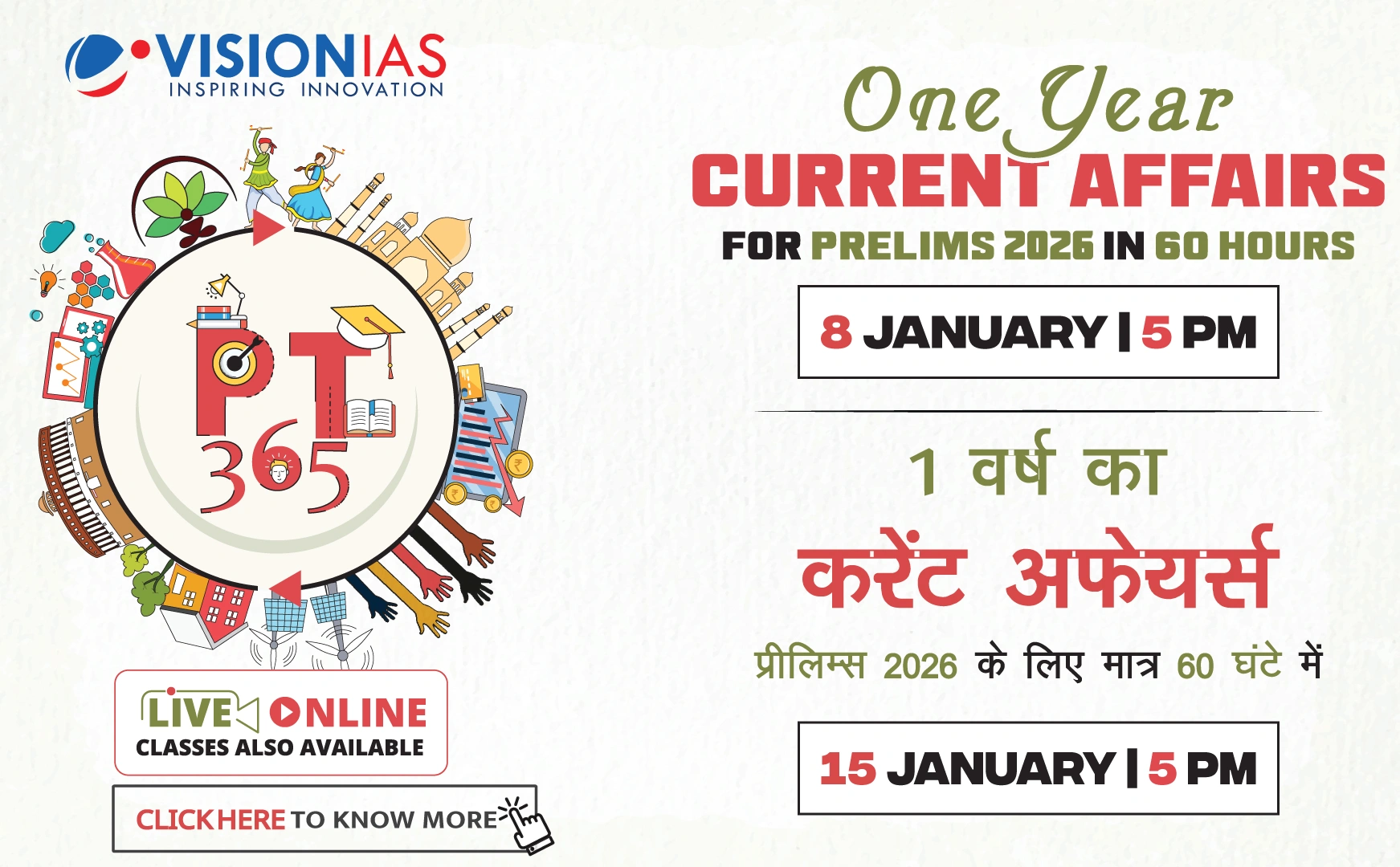Global Emissions and India's Role
The recent ruling by the International Court of Justice on emission reduction has spotlighted the responsibilities of major emitters like the US, China, and India. These countries collectively accounted for 53% of carbon dioxide emissions from energy use in 2024, with China being the largest emitter.
India's Rising Emissions
- India's carbon emissions saw a notable increase of 4.1% in 2024, the highest among major economies.
- Despite a significant share of non-fossil fuel capacity, India's renewable rollout may not be sufficient to counteract its emissions growth.
- India's total installed capacity stands at 484.8 gigawatts (GW), with 242.8 GW from renewable sources.
Renewable Energy Targets
- India aims to achieve 500 GW of non-fossil fuel capacity by 2030.
- Experts suggest adding another 100 GW for cost-effective environmental and social benefits.
- India needs to install an additional 500 GW of non-fossil capacity, making 75% of its power mix non-fossil by 2030.
Energy Supply and Economic Growth
- India's energy supply rose by 4% over the decade, while its GDP increased by $2 trillion, highlighting the link between energy use and economic development.
- Comparatively, China and the US have shown different trends in energy supply and economic growth.
Renewable Energy Generation
- In 2024, renewables accounted for only 3% of India's total energy supply, with coal still dominating at 57%.
- Globally, renewables met 32% of electricity demand, but in India, this figure was 20%.
Challenges and Progress in Renewable Energy
- India's renewable energy progress is hindered by funding gaps, regulatory issues, and infrastructure bottlenecks.
- India's annual investment in renewable energy is around $11 billion, far below the needed $293-$394 billion.
- Policy backtracking and grid connection delays are significant obstacles.
- While smaller countries like Iceland and Bhutan have made strides in clean energy, India still faces challenges in meeting its targets.
- China's rapid renewable energy expansion outpaces India's progress substantially.
Strategic Focus
- Emphasizing megawatt-hours delivered reliably over just installed capacity.
- Addressing funding, regulatory, and transmission challenges is crucial for India to meet its clean energy goals.
- India's updated nationally determined contribution to the United Nations Framework Convention on Climate Change will outline emission cuts and clean energy targets for 2035.
Overall, India's journey towards reducing emissions and increasing renewable energy capacity is marked by significant challenges and opportunities, requiring coordinated efforts in investment, policy, and infrastructure development.








